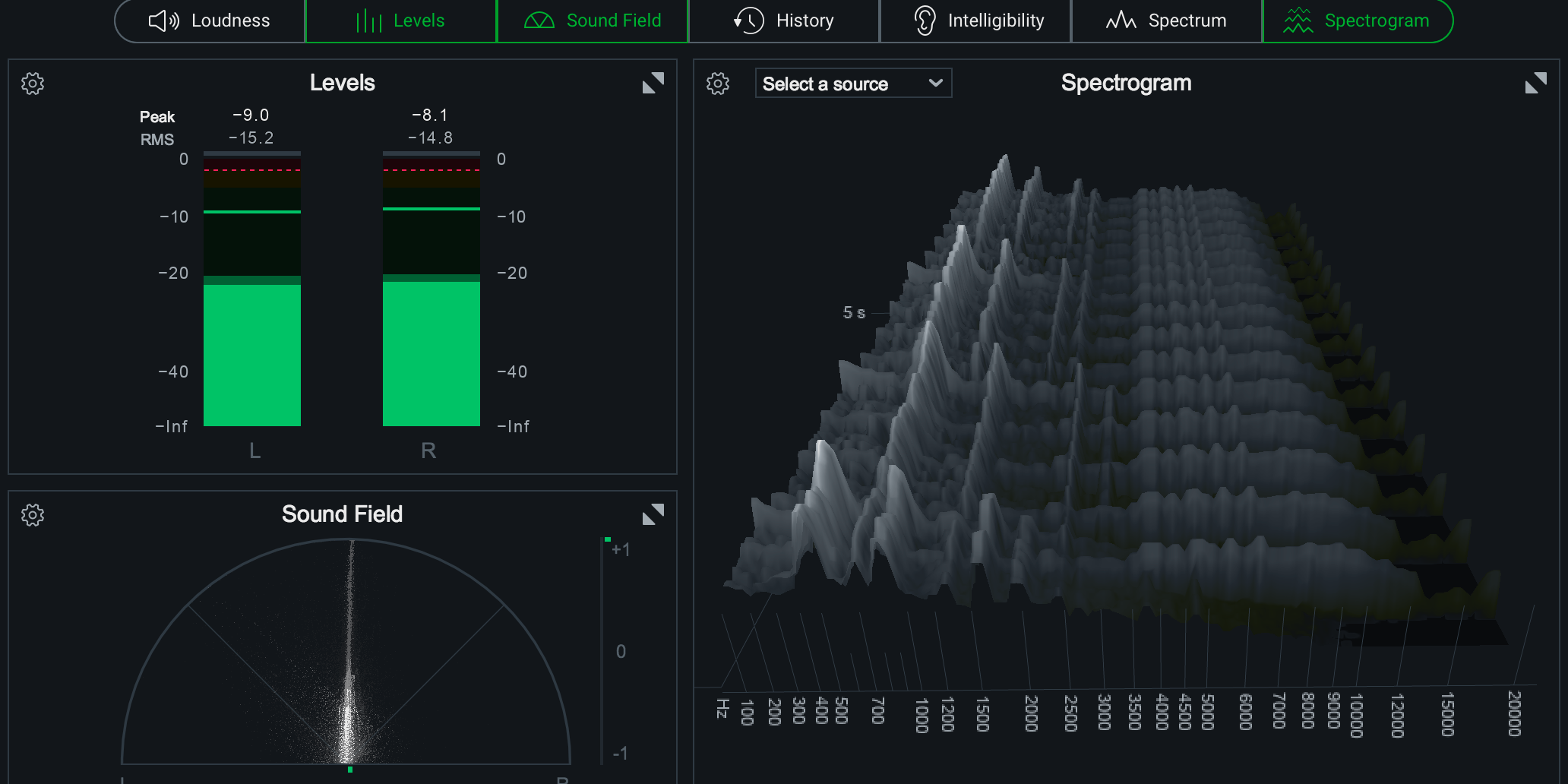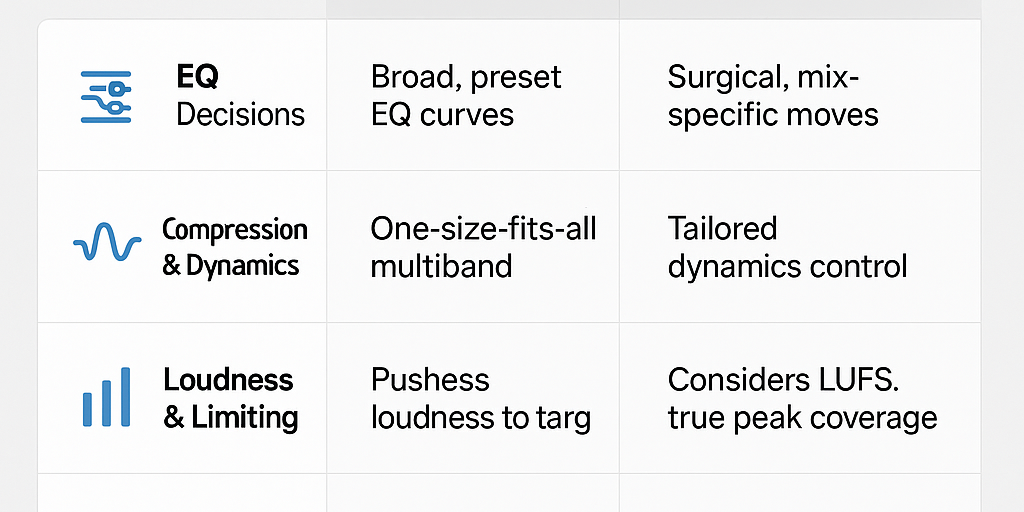In the crowded world of digital audio workstations (DAWs), one name has stood the test of time: Pro Tools. From major recording studios to post-production houses, it remains the industry standard for audio editing, mixing, and mastering. But what makes Pro Tools the top choice for professionals, even when other DAWs offer similar features — sometimes at lower costs?
Let’s dig into what sets Pro Tools apart, and why so many engineers, producers, and artists continue to rely on it.
A Legacy of Industry Standard
Since the early 1990s, Pro Tools has built its reputation as the “tape machine replacement” that transformed the music industry. Today, it’s more than a DAW — it’s the backbone of many commercial studios.
Labels, film studios, and live production houses expect sessions to be delivered in Pro Tools format. If you’re freelancing or collaborating at a professional level, knowing Pro Tools isn’t just an option — it’s often a requirement.
Rock-Solid Editing and Workflow
Pro Tools shines when it comes to audio editing precision. Its waveform view, playlist system, and editing tools make comping vocals, cutting takes, and aligning performances fast and intuitive.
Key workflow strengths include:
-
Playlists for comping – Easily audition and assemble the best takes.
-
Elastic Audio – Adjust timing without destroying audio quality.
-
Non-destructive editing – Undo or adjust edits at any point in the process.
-
Keyboard shortcuts – Once learned, these make Pro Tools one of the fastest DAWs to navigate.
Unmatched Mixing Environment
Ask any mix engineer why they love Pro Tools, and they’ll mention the mixing environment. The Pro Tools mixer is modeled after a traditional analog console, which makes it feel familiar for those coming from large-format boards.
Highlights include:
-
Unlimited routing flexibility – Aux tracks, buses, and sidechaining made easy.
-
Automation depth – Volume, pan, plugin parameters — everything can be automated down to sample-level precision.
-
Plugin compatibility – Seamless integration with industry staples like FabFilter, Waves, and UAD.
-
HDX systems – For large studios, Avid’s DSP-powered systems allow near-zero latency with massive plugin counts.
Collaboration and File Exchange
In today’s global music world, collaboration is everything. Pro Tools’ session file format is universally recognized, making it simple to share projects between studios.
The cloud-based Avid Link system also allows remote collaboration, with multiple engineers or artists working on the same project across different locations.
Reliability in High-Pressure Environments
When deadlines are tight, or you’re working on high-stakes projects (like film scoring or broadcast), stability matters. Pro Tools is known for handling massive track counts and high-resolution projects without stuttering. That’s why it’s trusted in post-production workflows for Hollywood films and live TV shows.
Why Not Just Use Another DAW?
Other DAWs — Logic Pro, Ableton Live, FL Studio, Studio One — are fantastic in their own right. Many even outshine Pro Tools in areas like MIDI composition, creative sound design, or price point.
But Pro Tools’ combination of industry acceptance, editing precision, mixing power, and reliability still makes it the benchmark for professional studios.
Pro Tools isn’t necessarily the right DAW for everyone. Bedroom producers may prefer Ableton for electronic music or Logic for its bundled instruments. But if your goal is to work in professional studios, exchange sessions seamlessly, or mix and master at a world-class level, Pro Tools is still king.
If you’re looking to bring your Pro Tools sessions across the finish line with a polished, release-ready master, submit your track and I’ll help make sure it shines on every platform.



